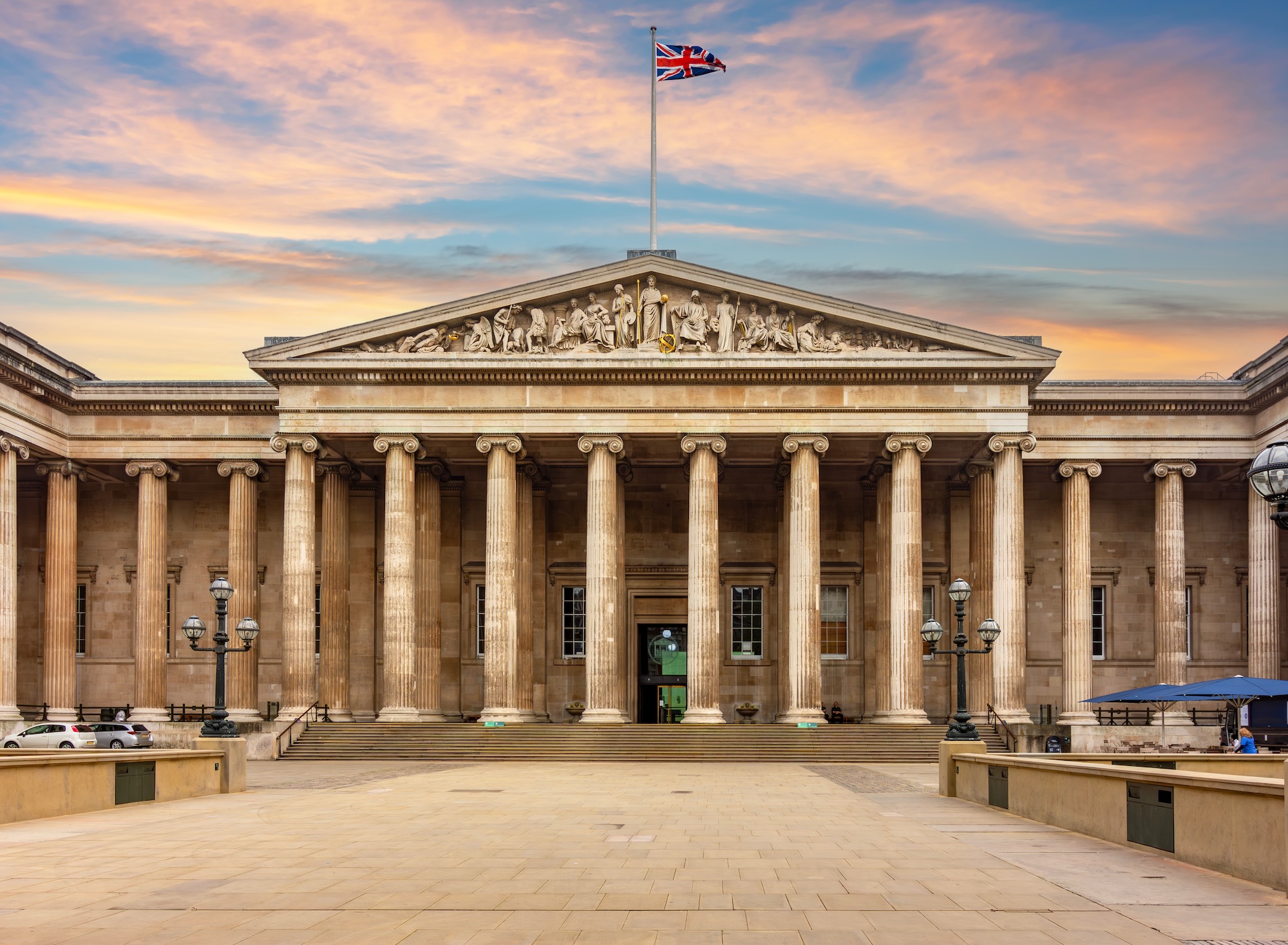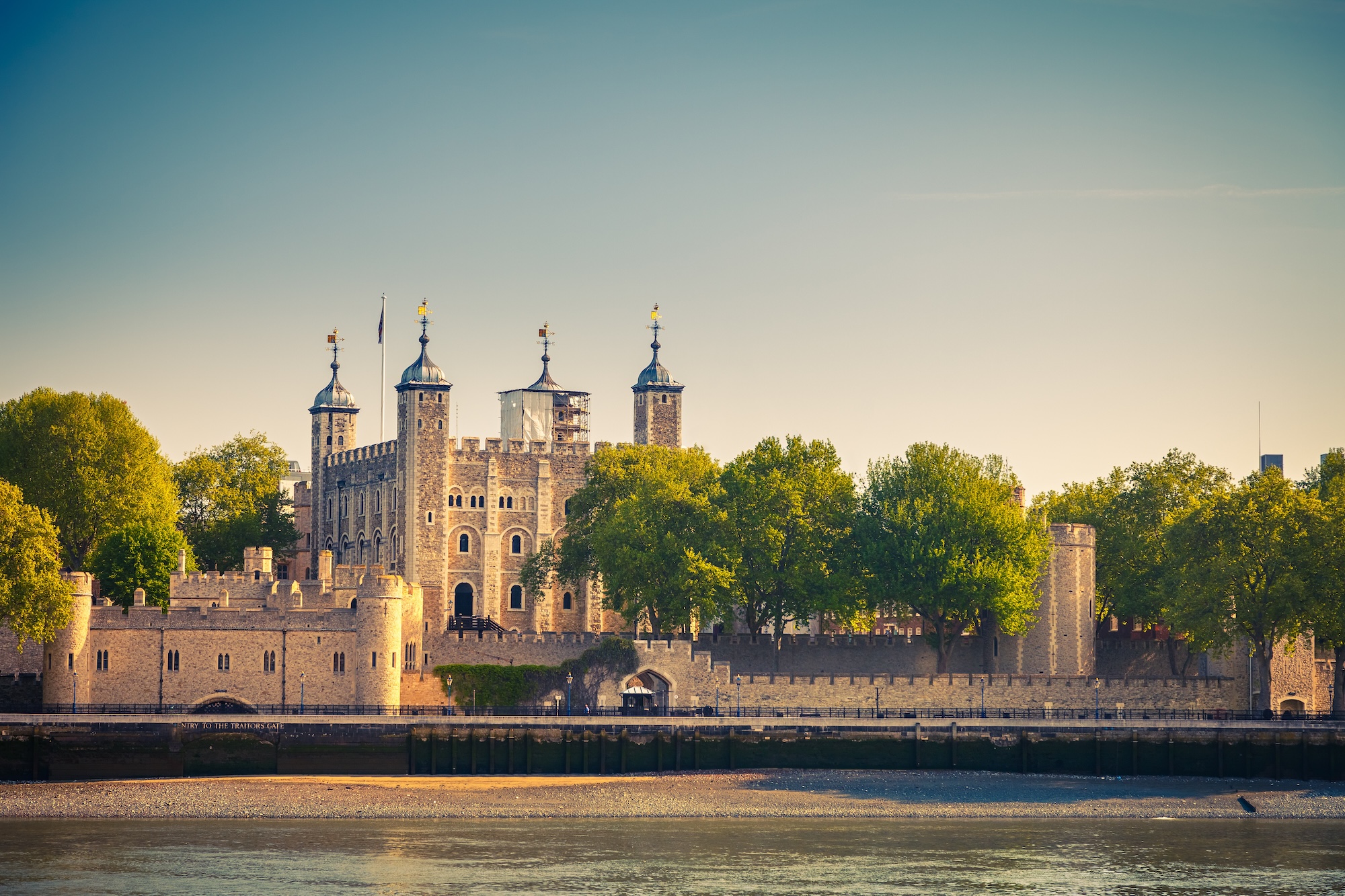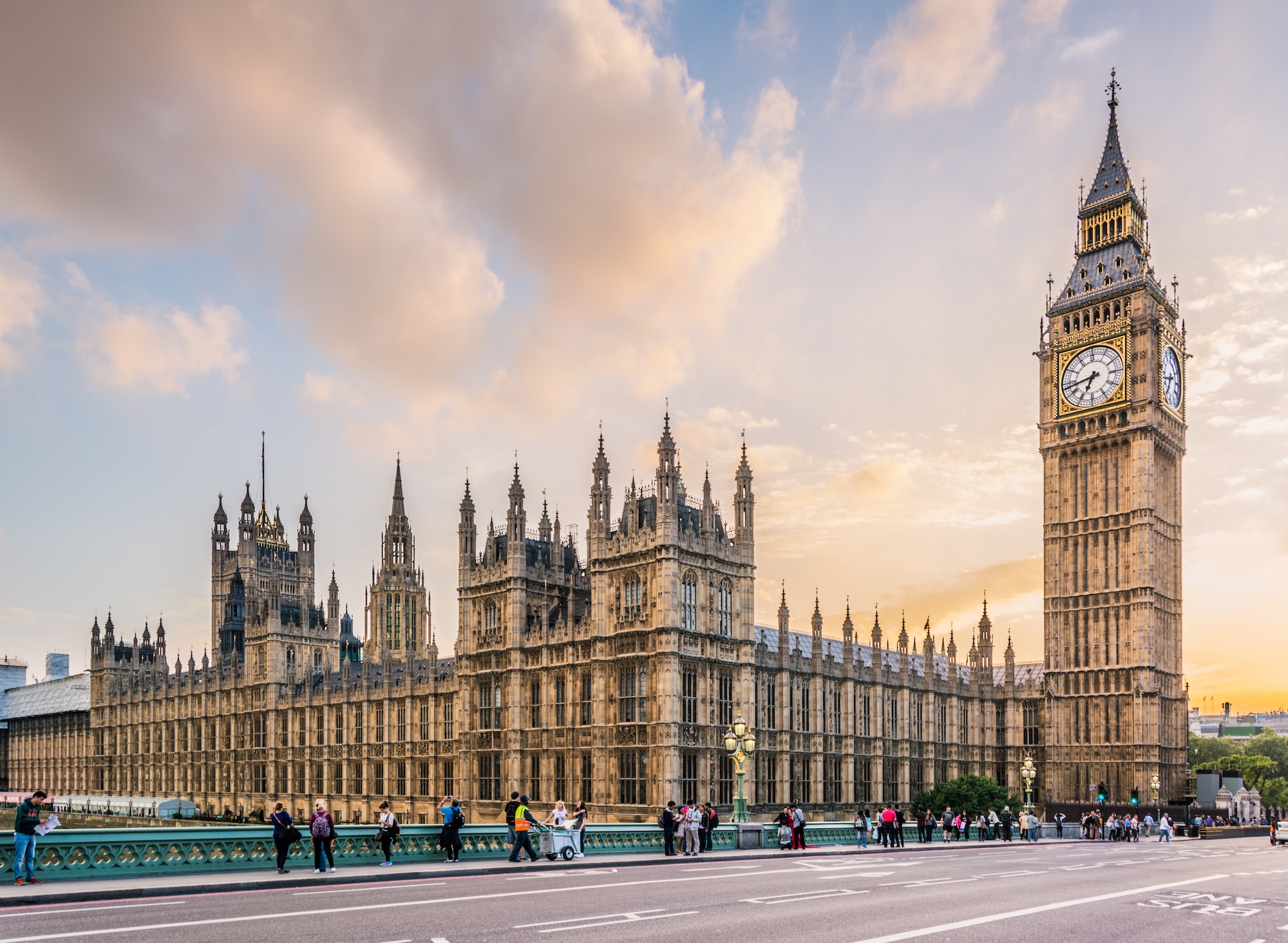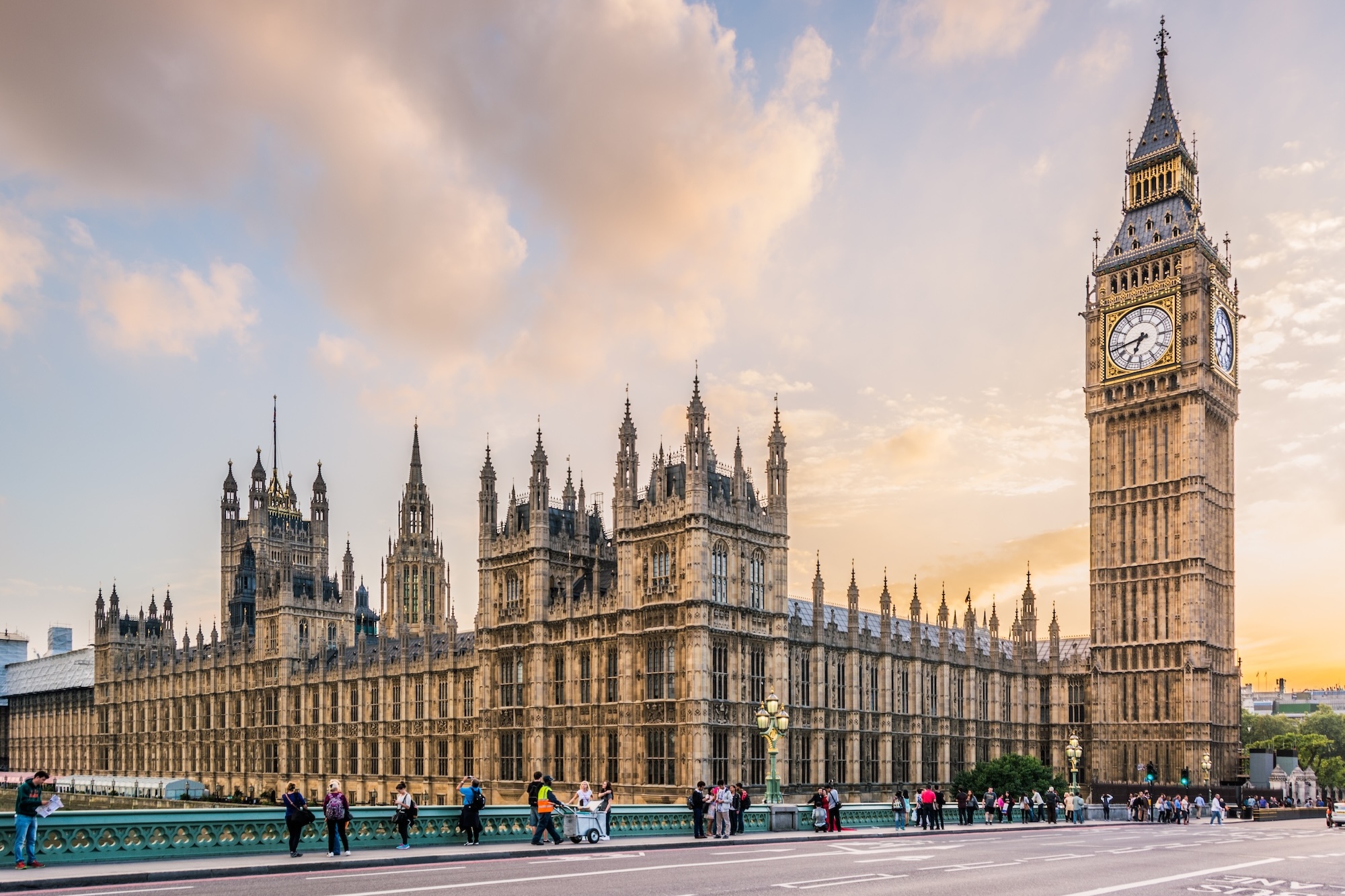
World Travel Tips
What Should You Do in London?
London is a energetic city steeped in history, culture, and innovation. Whether you’re an art lover, history buff, or someone simply looking to soak up the atmosphere of one of the world’s most exciting cities, there’s something for everyone. Here are the top 10 attractions that you absolutely shouldn’t miss during your trip to London:
1. The British Museum

The British Museum is one of the largest and most comprehensive museums in the world, housing over 8 million works from across human history. Visitors can explore fascinating collections from ancient Egypt, Greece, Rome, and beyond. The Rosetta Stone and the Egyptian mummy collection are among its most famous artifacts, but what makes the British Museum a must-see is its incredible breadth of exhibits, all of which are free to enter. It’s a perfect blend of education and awe-inspiring history.
Why visit?
It’s an essential stop for history enthusiasts, and with free entry, it’s an excellent way to immerse yourself in world cultures without breaking the bank.
2. The Tower of London

The Tower of London is an iconic landmark with a rich and often bloody history. Originally built by William the Conqueror in 1066, it has served as a royal residence, prison, and even a zoo. Today, it houses the Crown Jewels, including the world-famous Imperial State Crown, and visitors can learn about the Tower’s fascinating history through expert-led tours by the Yeoman Warders (also known as Beefeaters). The dark tales of intrigue and execution give this historic site a particularly eerie atmosphere.
Why visit?
It’s an essential piece of British history, and the chance to view the Crown Jewels in person is a once-in-a-lifetime experience.
3. The Houses of Parliament & Big Ben

The Houses of Parliament (also known as the Palace of Westminster) is not only an architectural masterpiece but also the seat of British government. Visitors can explore the historic building with a guided tour that includes the magnificent Westminster Hall and the House of Commons. Standing in front of Big Ben (officially called the Elizabeth Tower), one of the most iconic clock towers in the world, is a quintessential London moment.
Why visit?
It’s the heart of British politics and an architectural wonder, making it a must-see for those interested in the country’s political history and the beauty of neo-Gothic design.
4. The London Eye
For stunning views of the city, there’s no better spot than the London Eye. This giant Ferris wheel on the South Bank offers an unforgettable panorama of London, stretching all the way from St. Paul’s Cathedral to the Houses of Parliament. The Eye’s glass pods are a comfortable way to take in the 360-degree views, and it’s especially breathtaking during sunset or twilight when the city is illuminated.
Why visit?
It’s one of the best ways to get a bird’s-eye view of London’s iconic skyline, and the views are unbeatable, particularly at night.
5. Buckingham Palace
Buckingham Palace is the official residence of the British monarch and one of the most famous royal residences in the world. Visitors can witness the Changing of the Guard, a highly ceremonial event held outside the palace, and during the summer months, you can tour the State Rooms, where the Queen entertains heads of state. The palace’s opulent interiors are a testament to the grandeur of the British monarchy, and the palace gardens offer a peaceful escape in the heart of the city.
Why visit?
The Changing of the Guard is a classic London experience, and touring the palace gives visitors a rare glimpse into the world of the royal family.
6. The Tate Modern
For art lovers, the Tate Modern is an unmissable stop. Housed in a converted power station, this contemporary art museum features works by modern masters such as Picasso, Warhol, and Rothko. The museum is home to thought-provoking installations and exhibitions that challenge traditional concepts of art. Whether you’re a casual visitor or a serious art aficionado, the Tate Modern offers an exciting journey through 20th and 21st-century art.
Why visit?
It’s one of the best modern art museums in the world, and the building itself—a former power station—is as striking as the art it houses.
7. The Natural History Museum
One of London’s most family-friendly attractions, the Natural History Museum is a treasure trove of wonders. Its grand entrance, complete with a towering dinosaur skeleton, sets the stage for what’s inside. From rare gems and meteorites to interactive exhibits on human evolution and biodiversity, the museum offers something for everyone. Kids will especially love the hands-on activities and the chance to see prehistoric creatures up close.
Why visit?
It’s both educational and fun, with interactive exhibits that bring the natural world to life. Plus, entry is free, making it an excellent choice for families.
8. Covent Garden
Covent Garden is one of London’s most vibrant districts, known for its unique blend of shopping, dining, and entertainment. The area is famous for its street performers who often perform in the central Piazza, and its charming cobblestone streets are filled with boutiques, cafes, and restaurants. Whether you’re looking for a souvenir or simply want to soak in the lively atmosphere, Covent Garden is a great spot to spend an afternoon or evening.
Why visit?
It’s a lively, atmospheric area perfect for shopping, watching live performances, or enjoying a meal in a historic setting.
9. The Shard
At 310 meters tall, the Shard is the tallest building in the UK and offers some of the best views of London from its observation deck on the 72nd floor. The building’s sleek, modern design stands out in the city’s skyline and offers a unique contrast to the more historic landmarks. The view from the top is breathtaking, offering an almost surreal perspective on the city’s sprawling streets and landmarks.
Why visit?
For panoramic views of London’s skyline, the Shard’s observation deck offers an unrivaled experience, especially when the city is bathed in golden light at sunset.
10. Hyde Park
One of London’s largest and most well-known parks, Hyde Park is an oasis of greenery in the heart of the city. Perfect for a relaxing walk, a picnic, or a boat ride on the Serpentine Lake, Hyde Park offers a peaceful respite from the hustle and bustle of central London. Visitors can also explore the Diana Memorial Fountain or enjoy a performance at the Bandstand during the summer months.
Why visit?
It’s the perfect place to relax, take a leisurely stroll, or escape the noise of the city. Hyde Park is also a hub for outdoor activities like boating, cycling, and open-air concerts.
Bonus: Piccadilly Circus
Known as the “Times Square of London,” Piccadilly Circus is one of the city’s most famous public spaces, surrounded by neon signs, theaters, and iconic landmarks. It’s a bustling area in the heart of the West End, making it a great starting point for exploring London’s vibrant shopping, entertainment, and dining districts. Don’t miss the famous Eros Fountain and the lively atmosphere that makes it one of London’s most recognizable spots.
Why visit?
Piccadilly Circus is the perfect place to experience the energy of London’s entertainment district. It’s centrally located, making it a great hub for sightseeing, shopping, and catching a show in the West End.
Seasonal Recommendations
☀️ Summer (June-August): Summer is the most popular time to visit London, and it’s easy to see why. Long daylight hours and average temperatures ranging from 18°C to 26°C (64°F to 79°F) make it ideal for walking tours, picnics in Hyde Park, or catching sweeping views from the London Eye. The city buzzes with energy—street performers fill Covent Garden, rooftop bars overflow with locals and tourists alike, and many festivals take place across the city. Be prepared for crowds, especially around landmarks like Buckingham Palace, but the vibrant atmosphere and extended hours at attractions more than make up for it.
🌸 Spring (March-May): Spring in London is a refreshing blend of blooming parks and manageable crowds. Temperatures typically range from 9°C to 17°C (48°F to 63°F), and while you might get the occasional rain shower, the city comes alive with color. It’s an ideal time to wander through areas like South Bank or take in the views from The Shard before peak tourist season. Museums such as the Natural History Museum are especially pleasant to explore in spring, offering a break from the variable weather. Spring is also a great time for photo-worthy moments as cherry blossoms and daffodils start to pop up all over the city.
🍁 Autumn (September-November): Autumn is a quieter but still wonderful time to visit London. With temperatures ranging from 10°C to 18°C (50°F to 64°F), the city takes on a crisp, cozy feel. Fallen leaves blanket the parks, and early sunsets create a magical glow around historic spots like the Houses of Parliament & Big Ben. It’s a good season for mixing indoor and outdoor activities—consider a morning walk along the Thames followed by an afternoon at the Tate Modern. While some days may be rainy, there’s a charming, atmospheric quality to London in autumn that many visitors find irresistible.
❄️ Winter (December-February): Winter is the least crowded season in London, and also one of the most enchanting. Average temperatures range from 2°C to 8°C (36°F to 46°F), and while it’s chilly, the city’s festive lights and cozy pubs create a warm welcome. It’s the best time to enjoy iconic indoor experiences like the British Museum or a tour of the Tower of London without the heavy summer lines. Holiday markets and seasonal ice rinks pop up throughout the city, adding a festive flair. While daylight hours are short, London’s winter charm makes it a hidden gem for off-peak travel.
London Excursions
Tips for Your Visit
Here’s a short list of practical tips for visiting London that could be helpful for travelers:
Getting Around:
- Use the Oyster Card or Contactless Payment: The easiest way to get around London is by using an Oyster Card or a contactless debit/credit card for travel on the Tube, buses, and even some river services. It’s cheaper than buying paper tickets!
- Walk or Use Public Transport: London is best explored on foot, but the Tube and buses are reliable and extensive, making it easy to get anywhere in the city.
- Consider a Black Cab: While London’s iconic black cabs can be a bit pricey, they’re a great option for short trips or when you need to navigate complicated routes. Drivers are well-versed in the city, known for their “knowledge” of London streets.
Local Cuisine:
- Try Traditional British Dishes: Don’t miss out on classic British comfort foods like fish and chips, Sunday roasts, and full English breakfasts. For something a bit more modern, explore the diverse street food scene in markets like Borough Market or Camden Market.
- Afternoon Tea: If you’re looking for a quintessentially British experience, treat yourself to a traditional afternoon tea with scones, sandwiches, and tea—available in many upscale hotels like The Ritz and Claridge’s.
Language:
- English is the Primary Language: English is the main language, but be prepared for a variety of British accents and slang. Don’t be afraid to ask for clarification if something sounds unfamiliar.
- Politeness Goes a Long Way: Londoners are generally polite but can be reserved. Remember to say “please” and “thank you” when interacting with locals.
Safety:
- Stay Aware of Your Belongings: Like any big city, be mindful of pickpockets, especially in crowded tourist areas like Oxford Street, Leicester Square, and on public transport. Keep your valuables secure.
- Use Well-Lit Routes at Night: London is generally safe, but it’s always smart to stick to well-lit and busy streets when walking at night. Avoid poorly lit or secluded areas, especially after dark.
3 Popular Restaurants
London is a city that thrives on its diverse culinary scene, offering everything from street food to Michelin-starred fine dining. Whether you’re in the mood for innovative global flavors, classic British cuisine, or something with a creative twist, the capital has it all. Here are three of the most popular restaurants in London, each delivering unforgettable dining experiences that capture the essence of the city’s rich food culture.
1. Dishoom
Location: Multiple Locations in London
Cuisine: Indian/Bombay-style
Why it’s popular: Dishoom, inspired by the Irani cafés of Bombay (Mumbai), has become a London institution. Its warm, nostalgic atmosphere paired with a menu of flavorful Indian dishes like the House Black Daal and Chicken Ruby has garnered a loyal following. The restaurant’s stylish interior and vibrant energy make it a go-to for both locals and visitors seeking a memorable meal. It’s also a great spot for brunch, with items like the Bacon Naan Roll becoming iconic in its own right.
2. Sketch
Location: 9 Conduit St, London W1S 2XG, United Kingdom View On Map
Cuisine: Modern European/Fine Dining
Why it’s popular: Sketch is renowned not only for its food but also for its incredible art-filled interiors and avant-garde ambiance. The Michelin-starred The Lecture Room & Library offers a fine-dining experience that’s both sophisticated and imaginative, while the more casual Sketch Parlour serves stunning afternoon teas. The restaurant’s whimsical yet refined atmosphere, combined with its exceptional cuisine, makes it a top choice for a special night out or a unique culinary experience in London.
3. The Ledbury
Location: 127 Ledbury Rd, London W11 2AQ, United Kingdom View On Map
Cuisine: Modern European/Contemporary British
Why it’s popular: The Ledbury in Notting Hill has earned a reputation as one of London’s finest dining experiences, holding two Michelin stars. Known for its modern European menu, the restaurant features seasonally inspired dishes with impeccable flavor and presentation. Chef Brett Graham’s innovative approach to classical cuisine makes The Ledbury a standout. Its intimate setting and world-class service also ensure that diners have a memorable experience every time.
Tips for Dining in London
Dining in London is an adventure in itself, with endless choices to suit every taste and budget. These tips will help you navigate the city’s vibrant food scene like a local!
1. Book Reservations Early:
- Why: London is home to a huge number of excellent restaurants, but many are quite popular and can get fully booked, especially on weekends or during peak times. Make sure to reserve your table in advance, especially at trendy spots or Michelin-starred venues.
2. Be Prepared for Service Charges:
- Why: In many restaurants, especially in mid-to-high-end establishments, a service charge of around 12-15% may be added to your bill. Always check the bill to see if it’s included; if not, tipping around 10% to 15% is customary if you’re happy with the service.
3. Don’t Miss Afternoon Tea:
- Why: Afternoon tea is a quintessential British experience, often served with a selection of finger sandwiches, scones with clotted cream, and a variety of teas. Iconic spots like The Ritz or Claridge’s offer luxurious settings for this timeless ritual. Make sure to book ahead for a spot at these famous venues.
4. Explore Diverse Cuisines:
- Why: London is one of the most multicultural cities in the world, and its food scene reflects that diversity. Don’t just stick to British fare—explore global flavors, from Indian curry houses to Middle Eastern shawarma, Chinese dim sum, and Italian pasta joints. Borough Market and Brick Lane are great places to discover international eats.
5. Expect Long Wait Times for Popular Spots:
- Why: Popular restaurants, especially brunch spots or those in trendy areas like Shoreditch and Soho, often have long queues during peak hours. Arrive early or be prepared to wait, especially for walk-in places. Alternatively, consider booking during less busy times.
6. Enjoy Pub Grub:
- Why: British pubs are not just for drinks—they often serve excellent, hearty meals. Try a classic fish and chips, bangers and mash, or a Sunday roast at a local pub for a true taste of British comfort food. Many pubs also offer a great selection of craft beers and ales.
7. Mind the Dress Code:
- Why: While most places in London are casual, some high-end restaurants or venues, like The Ritz or Gordon Ramsay’s restaurants, may have a formal dress code (e.g., no shorts, sportswear, or flip-flops). Always check in advance if you’re planning to dine at more upscale spots.
8. Enjoy the Food Markets:
- Why: London’s food markets are a great way to try a variety of dishes in a vibrant setting. Borough Market is famous for gourmet produce, while Camden Market and Brick Lane serve up street food from around the world. It’s a fun way to sample local and international flavors without committing to a full meal at a restaurant.
9. Be Aware of Portion Sizes:
- Why: Portion sizes can vary greatly. British portions at casual spots tend to be generous, but at high-end restaurants, you may find them smaller, designed to showcase quality over quantity. If you’re hungry, order extra sides or appetizers.
10. Pay Attention to Opening Times:
- Why: Many London restaurants, especially in central areas, have flexible hours, but some may close earlier than expected, particularly on Sundays or holidays. Always check opening hours in advance, especially if you’re planning a late meal.









